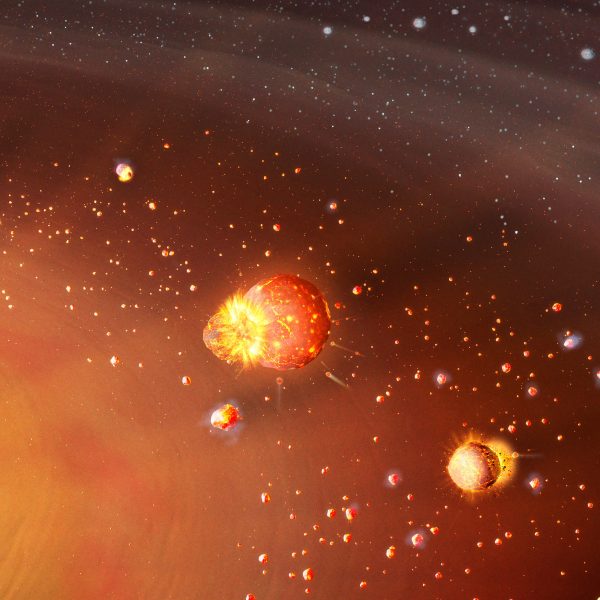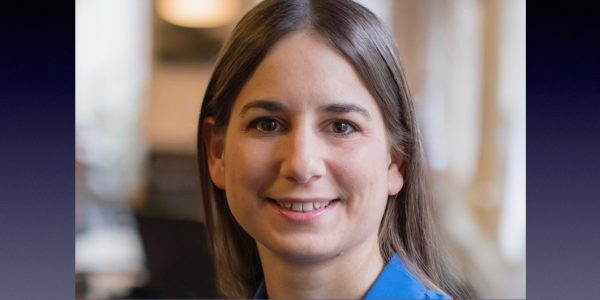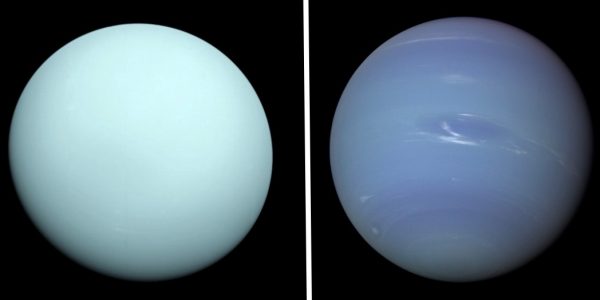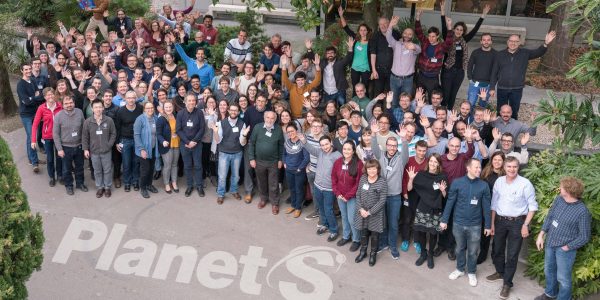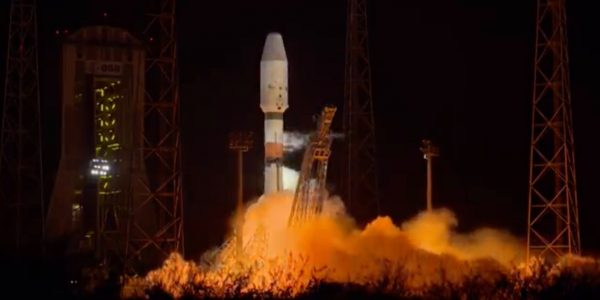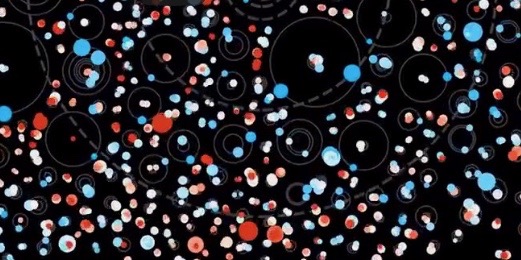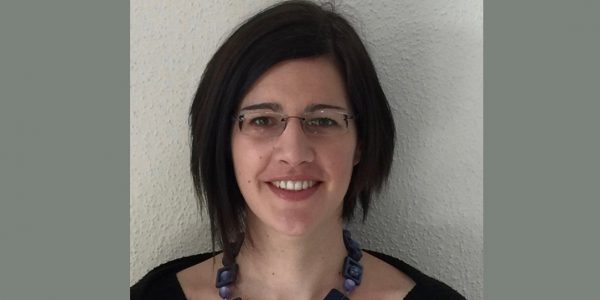Author Archive
How our planets were formed
Terrestrial planets versus gas and ice giants: A new theory explaining why the inner solar system is so different to the outer regions runs counter to the prevailing wisdom. The theory was proposed by an international research group with ETH Zurich participation. Mercury, Venus, Earth and Mars in the inner solar system are relatively small, […]
Continue ReadingSearching for the building blocks of life in space
Using radio telescopes, Susanne Wampfler investigates areas far away in space where new stars and planets are forming. The astrophysics assistant professor works at the Center for Space and Habitability (CSH) of the University of Bern and leads a PlanetS project. As the CSH’s Equal Opportunities Officer, she advocates for both women and men. She […]
Continue ReadingWhy Uranus and Neptune are different
The two outermost giant planets of the Solar system have similar masses but there are also striking differences. Researchers of the NCCR PlanetS at the University of Zurich have found an explanation for this long-standing unsolved mystery: Two different giant impacts could have had completely separate effects. Uranus and Neptune are the outermost planets of the Solar […]
Continue ReadingPlanetS General Assembly 2020
134 members and associates gathered from 27 to 29 January 2020 in Montreux to present and discuss their research projects, establish contacts between the different institutions in Bern, Geneva and Zürich, and talk about new ideas at the annual NCCR PlanetS General Assembly. With loud, enthusiastic applause the PlanetS scientists acknowledged the news on the […]
Continue ReadingCapturing alien comets
There should be interstellar comets hiding in our Solar system after making a journey of many lightyears. Maybe we have already seen one but believed it was a “normal” comet formed in the Solar system. This concludes Tom Hands, astrophysicist at the University of Zürich and member of the NCCR PlanetS. Comets that suddenly light […]
Continue ReadingCHEOPS successfully launched
The relief was huge when the Soyuz Fregat rocket with CHEOPS on board took off shortly before 10 a.m. MEZ on Wednesday, 18 December 2019. The spectators at the University of Bern followed the ESA live coverage from Kourou, French Guiana, with great applause. The day before, an error in the Fregat upper stage had […]
Continue ReadingCHEOPS launch postponed
Liftoff is currently scheduled for Wednesday, December 18, 2019 at 9:54:20 CET. On Tuesday morning, 1 hour 25 minutes before liftoff during final countdown operations, the Soyuz-Fregat launcher’s automated sequence was interrupted. The rocket with the CHEOPS space telescope on board should have taken off from ESA’s spaceport in Kourou, French Guiana on 17.12.2019 […]
Continue ReadingLearning AI from NASA and Silicon Valley
Bern researcher and NASA take a cue from Silicon Valley to hatch Artificial Intelligence Technologies. Could the same computer algorithms that teach autonomous cars to drive safely help identify nearby asteroids or discover life in the universe? NASA scientists are trying to figure that out by partnering with pioneers in artificial intelligence (AI) — companies […]
Continue ReadingAt the interface between PlanetS and SNSF
By Leonore Lovis As finance coordinator, I am at the interface between PlanetS and SNSF for all financial aspects (from the global view on PlanetS financial situation up to details on specific expenses) as well as for matters related to the employment of PlanetS members. In addition, at the local level, this position includes the […]
Continue ReadingNew initiatives
The NCCR PlanetS Board at its meeting on Friday November 8, 2019 has decided to attribute CHF 350’000 to two new initiatives. Holly Capelo and Monika Lendl describe what the new projects are about. TEMPus VoLA: The Timed Epstein Multi-Pressure-Vessel at Low Accelerations from Holly L. Capelo UBE, Jean-David Bodénan ETHZ/UZH, Clement Surville UZH, Jonas Guillaume Kühn UBE, […]
Continue Reading
